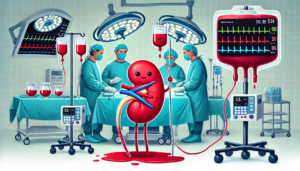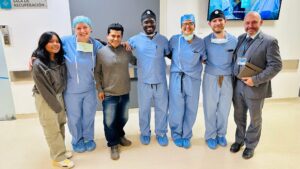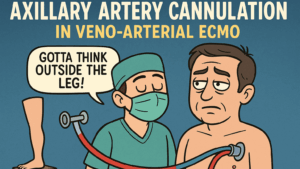Abstract
While the process of teaching student perfusionists has been in development since the 1950s, the publication of the processes to improve perfusion clinical education has been largely lacking. Publications regarding education from other allied health and medical fields have shown the value of student-centered learning. The use of reflective practice to move perfusion students from thinking about actions after cardiopulmonary bypass (CPB) to reflecting and reacting on actions during CPB is better encouraged by moving from a teacher-centered to a student-centered clinical model. Our institution’s teaching process has developed into a multi-point procedure to make our students into reflective practicing clinicians. Student preceptor evaluations were reversed to allow the students to evaluate themselves first, with feedback from the preceptor given subsequently. Additionally, a biweekly student educational session, where the student chooses a topic and reviews current evidence-based practice, was instituted. The clinical program director serves as the moderator and clinical expert to facilitate problem-based learning during the sessions. Students were also given three skill/experience levels with goals to reach and move through during the rotation. These student levels were also helpful to our preceptors in knowing what each student’s skill level was throughout their rotation. Overall, moving from a teacher-centered to a student-centered clinical rotation has helped make students familiar with reflective practice, self-evaluation, evidence-based practice, and problem-based learning. The incorporation of these processes will hopefully lead students to become lifelong reflective perfusionists.
Key words: Perfusion clinical education / Reflection / Evaluation







